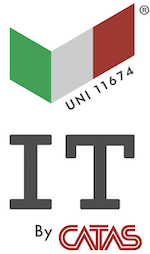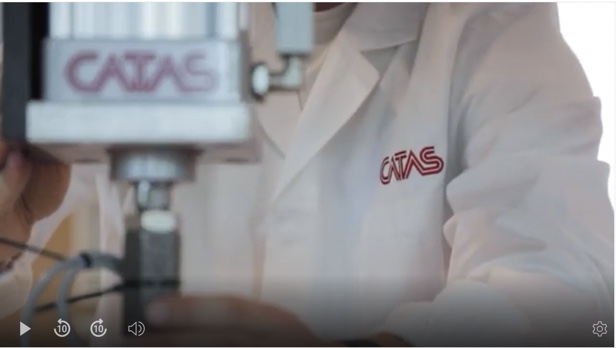
In the last revision of the CAM - Minimum Environmental Criteria for furniture, an update stands out above all: the new approach to the requirements of the final product included in the 4.1.9 clause, according to which the tests - and the related test reports - can refer to each single product in the supply or
(here the news!), to the
only representative article of the family to which the product in the supply belongs to, following the methodological setting of the UNI 11840 standard.
The document actually represents
a guide for identifying the representative sample to be tested (i.e.:
the most critical configuration for the purposes of the test) and, at the same time,
the standard reference which allows to extent the conformity results to the entire range of products included in the family (i.e.: it is guaranteed that
the other variants of the product have performances no worse than the parameter considered and therefore satisfy the requirement).
So now the company that intends to apply in public tenders by offering different articles from the same family is no longer obliged to present a test report for each article of the family or to select only a few samples on its own choice by giving in addition evidence of the criteria and methods underlying this choice. Catas will now take care of this ... up to the issue of the
Declaration of representative sample according to UNI 11840 standard.That is, it is now the laboratory which, according to the UNI 11840 standard on sampling criteria and on the basis of the information and documentation provided by the company, deals with the selection of the representative sample/s and with the final declaration of representativeness for the purposes of the tests carried out in laboratory. But what does the laboratory need to issue this declaration?
To carry out its assessment, Catas asks the company for the following information and declarations:
- The intended use
- The catalogues
- The list of items subject to verification (it happens that the company wants to participate in the tender only with some products and not with the products of the entire catalogue)
- The declaration by the company that claims to use the same production process and the same construction system for all the furniture products subjected to verification.
- The list of all materials, accessories and treatments used to produce the furniture: panels, guides, rails, hinges, painting cycles, etc.
In the case of cabinets, if several variants of hardware are used, it is necessary to specify the furniture on which they are installed (for example, if within the family the chests of drawers are set up two different types of guides, the company must indicate on which furniture it is installed one or the other).
In summary, for the purposes of the mechanical tests carried out on the finished product, the declaration of a representative sample according to UNI 11840:2021 and the test reports with positive results of the selected samples guarantee the conformity of the whole family of furnishings. Catas takes care of this.
Let's look at the made in Italy by Catas.
The "Italian Furniture Origin" certification mark issued by Catas is based on a national standard (UNI 11674:2017) which defines the
objective requirements for declaring not only the geographical origin but also the safety, strength and durability of the furniture products.
The criteria for selecting the sample to be tested within a product family are the same as those of the CAM specification, i.e. the sampling activity for this certification is carried out according to the same methodological approach which then became part of the UNI 11840 standard.
For all companies which, starting from the CAM specifications, have already completed a test program on representative samples of a family, a further advantage and opportunity is added.
In fact, achieving the first concession of the
made in Italy by Catas mark becomes much easier and more advantageous: an audit in the company will be enough, while the mechanical tests carried out in the laboratory on the finished product, typically the most onerous in terms of time and costs, can be "capitalized" also for this goal.
Interesting, isn't it?
For info:
Marco Indovina
0432 747266
indovina@catas.com



 In the last revision of the CAM - Minimum Environmental Criteria for furniture, an update stands out above all: the new approach to the requirements of the final product included in the 4.1.9 clause, according to which the tests - and the related test reports - can refer to each single product in the supply or (here the news!), to the only representative article of the family to which the product in the supply belongs to, following the methodological setting of the UNI 11840 standard.
In the last revision of the CAM - Minimum Environmental Criteria for furniture, an update stands out above all: the new approach to the requirements of the final product included in the 4.1.9 clause, according to which the tests - and the related test reports - can refer to each single product in the supply or (here the news!), to the only representative article of the family to which the product in the supply belongs to, following the methodological setting of the UNI 11840 standard.
